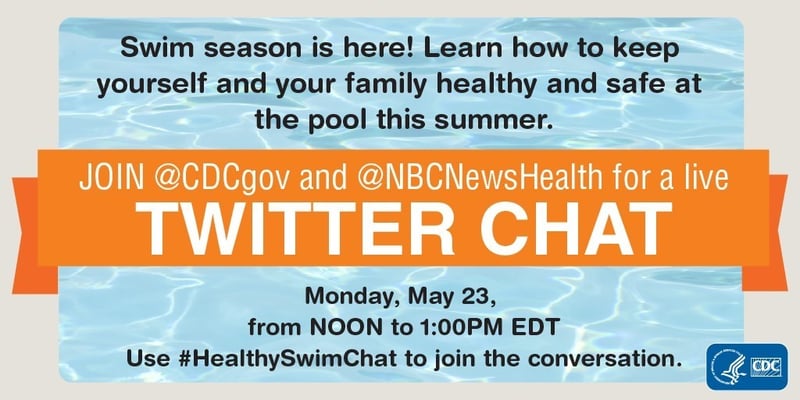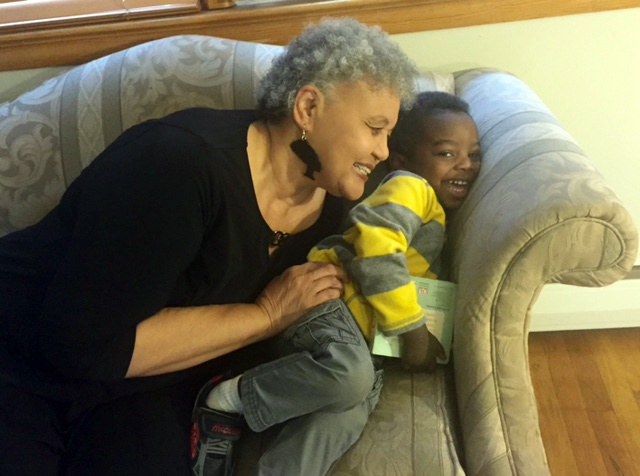 As the temperatures climb, the desire to involve children in water activities often rises as well. After all, most of us enjoy the excitement and cooling effects that a swim in a pool, lake, or ocean can bring during the warm months!
As the temperatures climb, the desire to involve children in water activities often rises as well. After all, most of us enjoy the excitement and cooling effects that a swim in a pool, lake, or ocean can bring during the warm months!
The week before Memorial Day, May 23-29, 2016, marks the twelfth annual Healthy and Safe Swimming Week. Child care providers are encouraged to reacquaint themselves with steps that can be taken to prevent water-associated injury and share safety tips with families that they serve.
Every day, two children younger than 14 years of age die from drowning.
Drowning is a leading cause of injury death for children ages 1 to 4 years of age. For every drowning death, there are up to four additional children who suffer a serious non-fatal submersion event. Drowning is most often related to lack of swimming ability, lack of barriers to prevent unsupervised water access, and lack of close supervision while swimming.
Child care providers are in a unique position to share and model water safety. During Healthy and Safe Swimming Week, Child Care Aware® of America’s Emergency Preparedness Team would like to draw specific attention to the prevention strategies of striving for more than the minimum related to adult/child ratios with water activities and ‘touch’ supervision.
Child care regulations related to water activities vary within states, often dependent on ages of children and by the program setting type. While some states have child-staff ratio requirements specific to water activities, fewer have specific language regarding expectations for supervision within direct eyesight or within caregiver reach.
Expect to do more than what your state’s minimum licensing requires. Industry best practices included in Caring for Our Children-National Health and Safety Performance Standards, Guidelines for Early Care and Education Programs, 3rd Edition recommend one adult caregiver for each infant or toddler and a maximum of 4 preschoolers for each adult. Full recommendations for ratios and a description of ‘touch’ supervision can be found on Caring for our Children’s website.
Throughout the summer, check out www.childcareprepare.org for expanded safety tips related to water safety in child care.






